
The Krikorians of Jaffa Road
Architects of Armenian Photography in Jerusalem
The Krikorians of Jaffa Road: Architects of Armenian Photography in Jerusalem is a beautifully illustrated volume which celebrates the early history of Armenian photography in Jerusalem, the work of the renowned Krikorian photographic studio, and the family associated with this esteemed atelier.
Release: May 2024
Publisher: Self-Publishing
Volume: 301 pages
Printing: Typecraft
Paper: 100.0 lb Mohawk Opaque Smooth Text
Language: English
Dimensions: 12.5 x 9.5 inches
For more information regarding the purchase of the book
please email: Joseph.Malikian(at)gmail.com
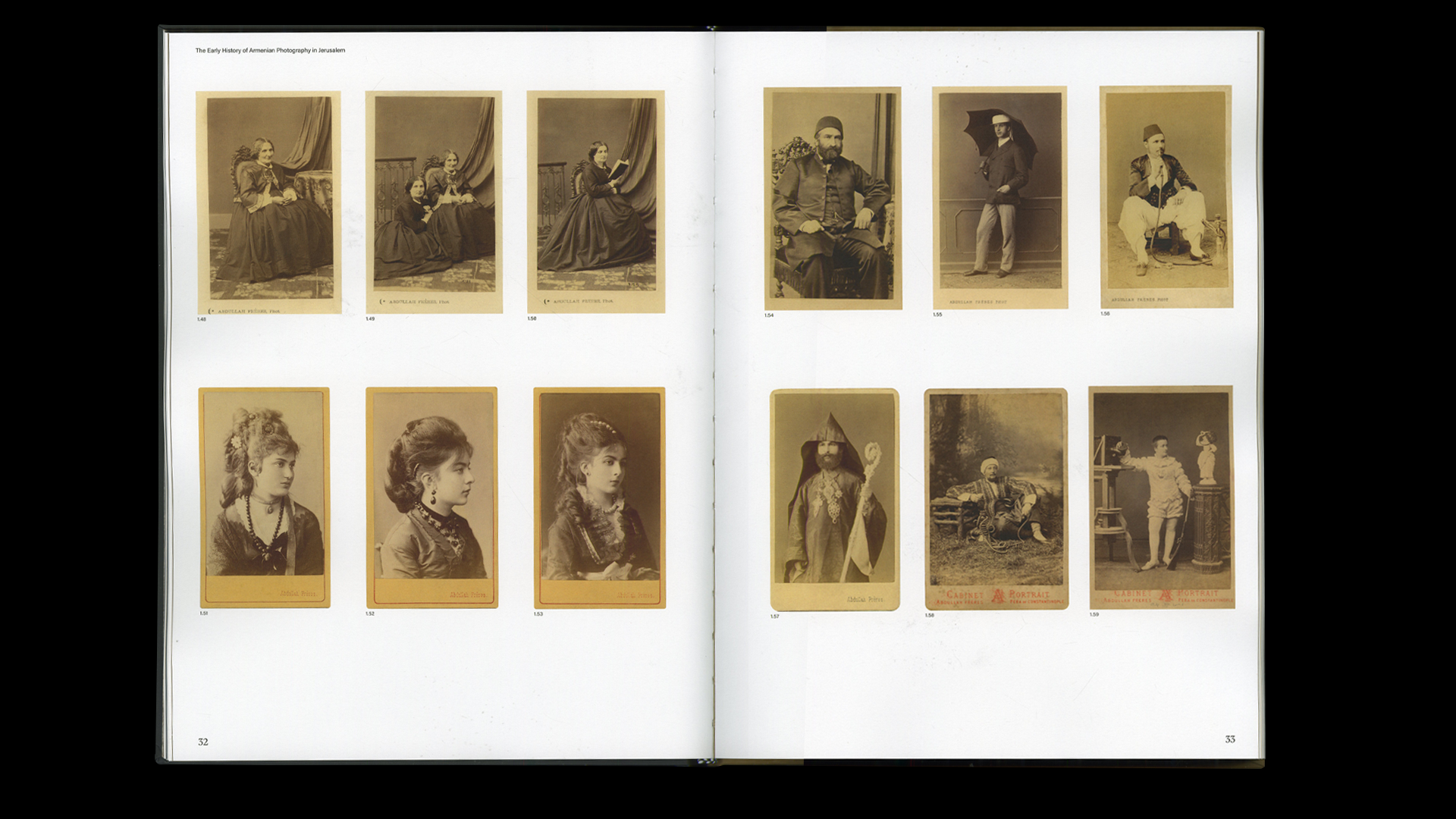
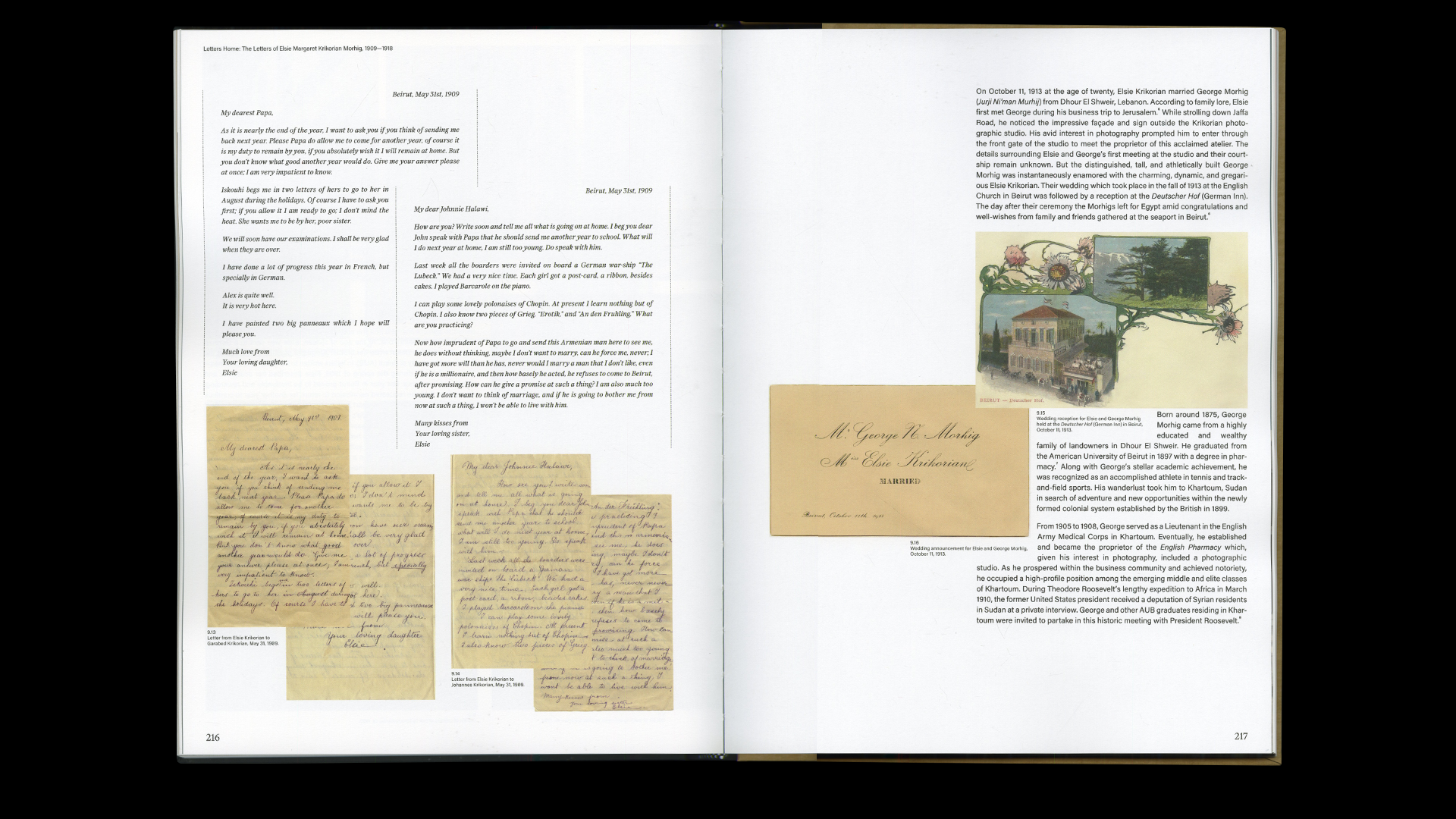
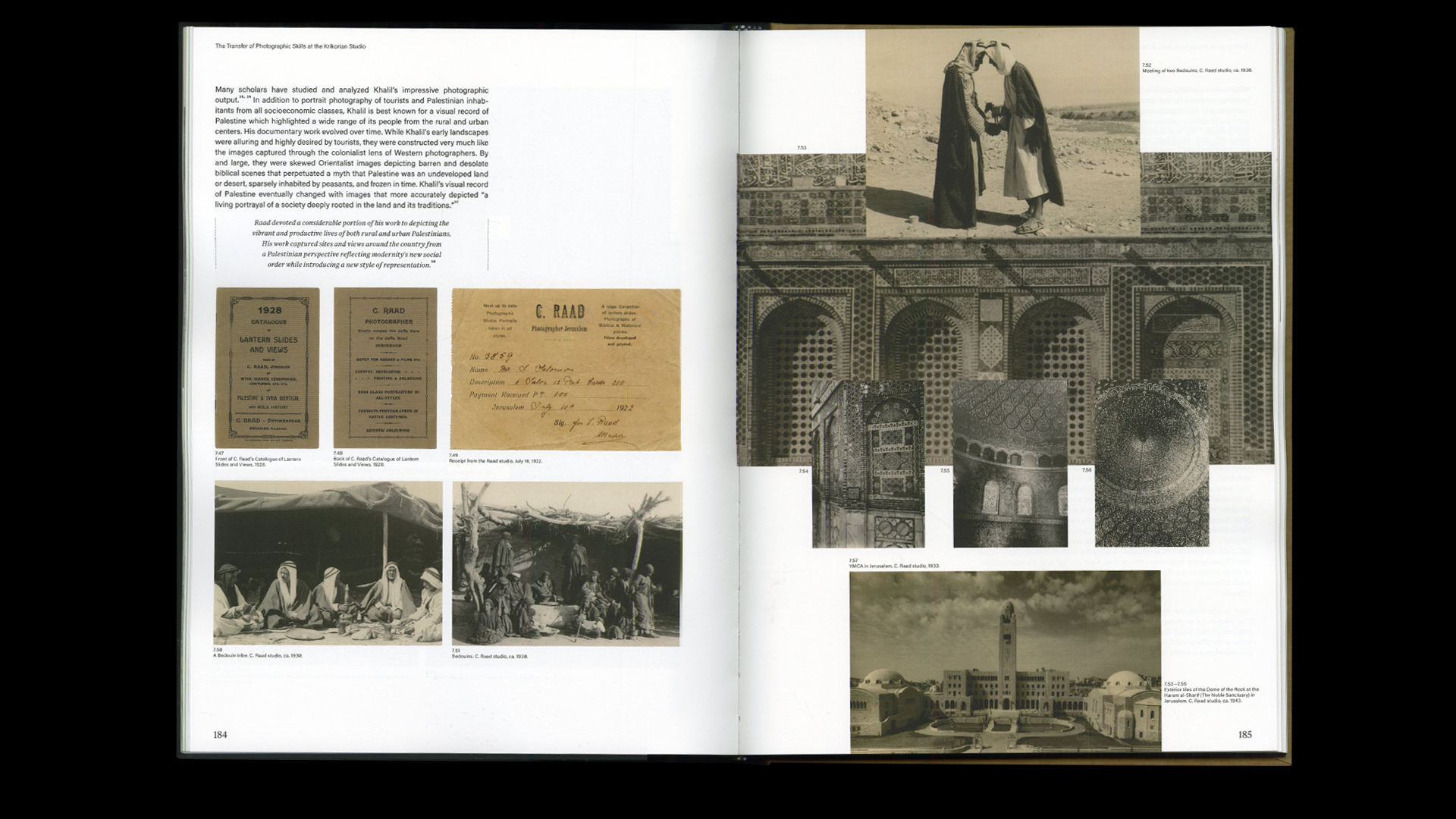
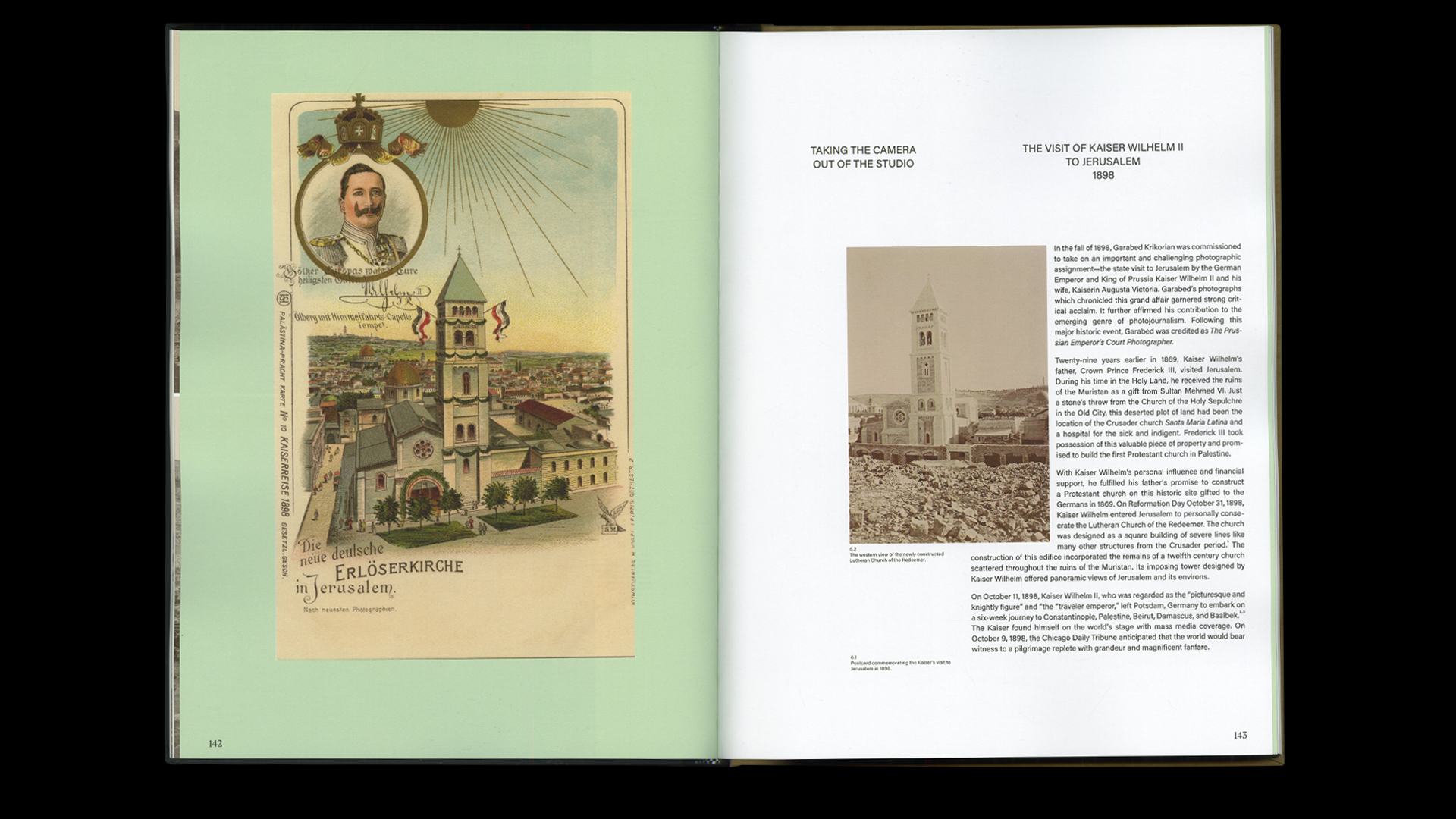
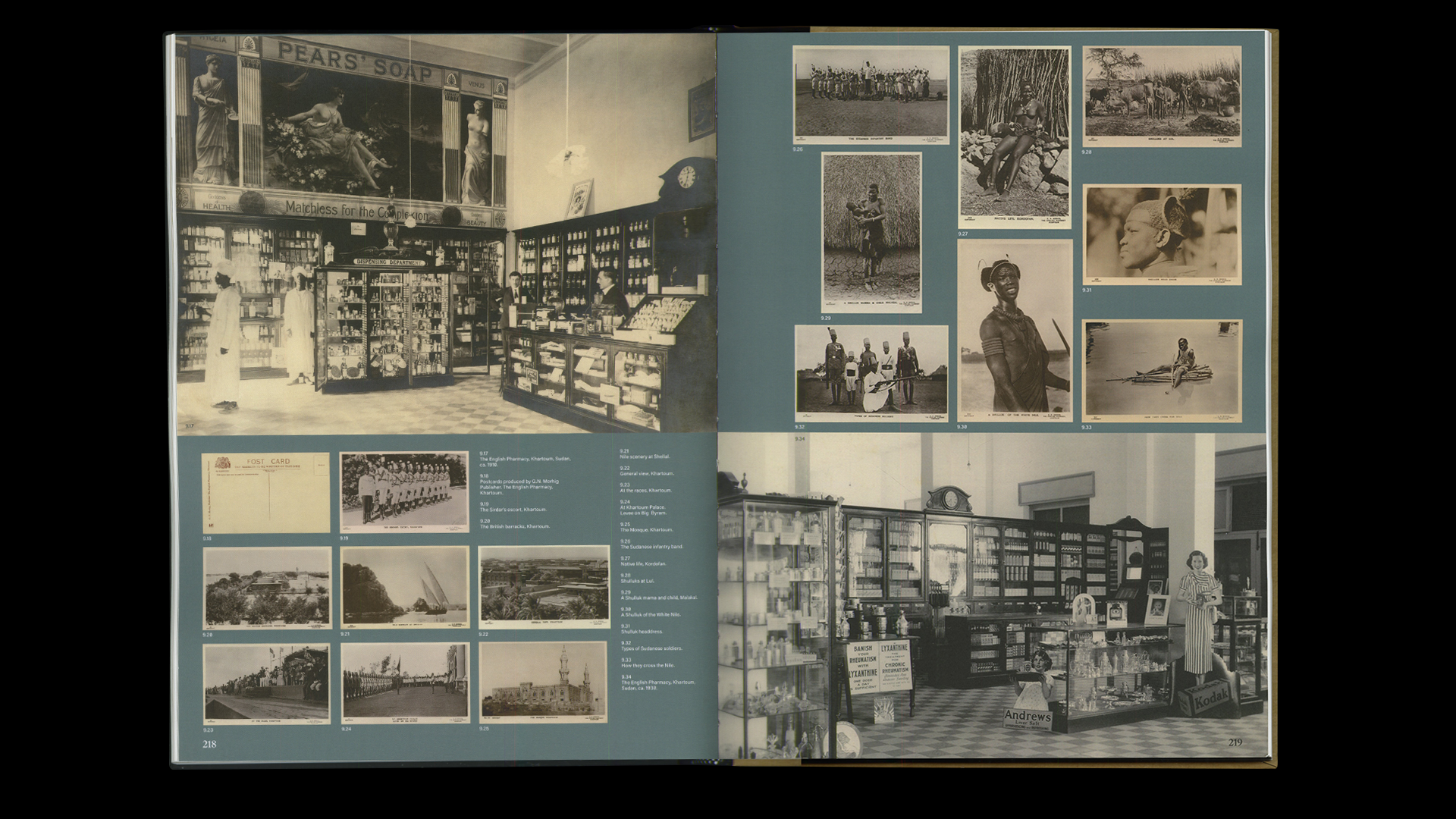
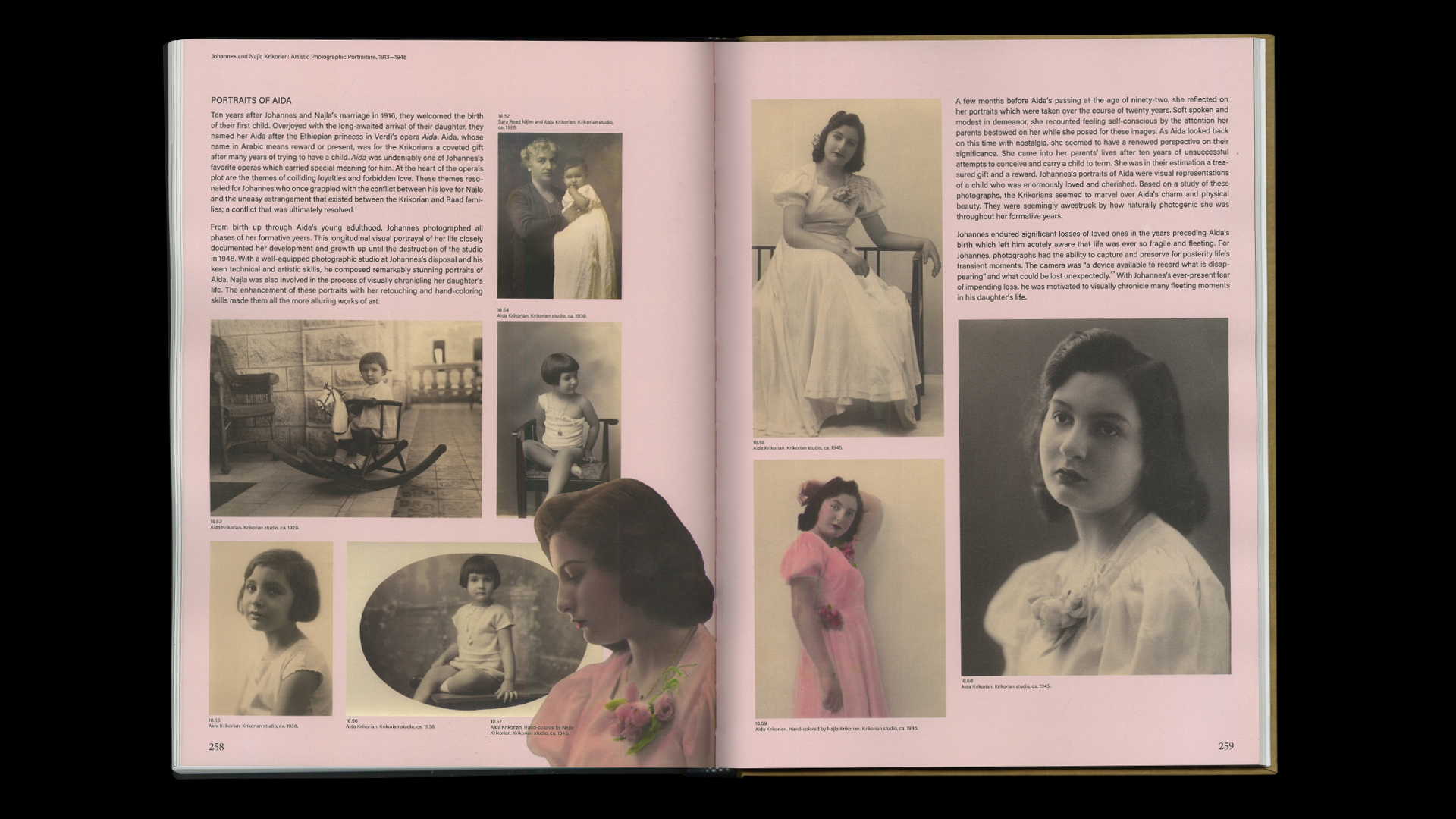
The Krikorians of Jaffa Road: Architects of Armenian Photography in Jerusalem is a journey through the life and times of a Palestinian Armenian family. The Krikorians were a prominent family who contributed to the social, economic, and cultural fabric of Palestine before 1948. They were credited with the opening of the first commercial photographic studio in Jerusalem in 1885. For sixty-three years, Garabed Krikorian and his eldest son, Johannes, ran one of the most renowned ateliers in Jerusalem which left a profound imprint on the history of photography in Palestine. Family portraits of the Krikorians taken by Garabed and Johannes visually chronicled their lives over the course of many decades and across memorable moments of triumph and loss. Three generations of Krikorians witnessed major historic events dating back to the period before the collapse of Ottoman rule in 1917, British rule over Palestine from 1917 to 1948, the pandemic of 1918, and the conflicts between the Arabs and the Jews preceding the creation of the State of Israel in May 1948. The Arab-Israeli War of 1948 destroyed and forced the closure of the Krikorian studio which led to a period of exile and dispersion of the family to destinations in the global Palestinian diaspora.
This biographical study and photographic essay reconstruct the history of the Krikorian family and their notable contributions in Palestine. Their story is set against a backdrop of major historic events in Jerusalem, such as the development of Armenian photography in the 1860s by Patriarch Yessayi Garabedian. The Patriarch’s passion for photography motivated him to establish a photographic workshop and studio which taught the practice of this relatively new and rapidly evolving medium to seminarians at the Armenian Brotherhood of Saints James. Garabed Krikorian emerged as the most illustrious apprentice from the Patriarch’s workshop. He rose to prominence as an influential and prolific photographer in Jerusalem. His remarkable life story and prodigious photographic talents and output stand as a testament to a gifted, noble, and courageous man who remained true to himself in his quest to actualize his inherent passions and desires.
Johannes Krikorian followed in his father’s footsteps. He committed himself to preserving and building on his father’s legacy once the mantle was passed to him in 1913. For over three decades leading up to the Arab-Israeli War of 1948, Johannes Krikorian and his wife, Najla, continued the work of this prestigious commercial atelier in Jerusalem. As the niece of Khalil Raad, the renowned Arab photographer in Palestine, Najla Krikorian was recognized as one of the first female photographers in Palestine and the Middle East.
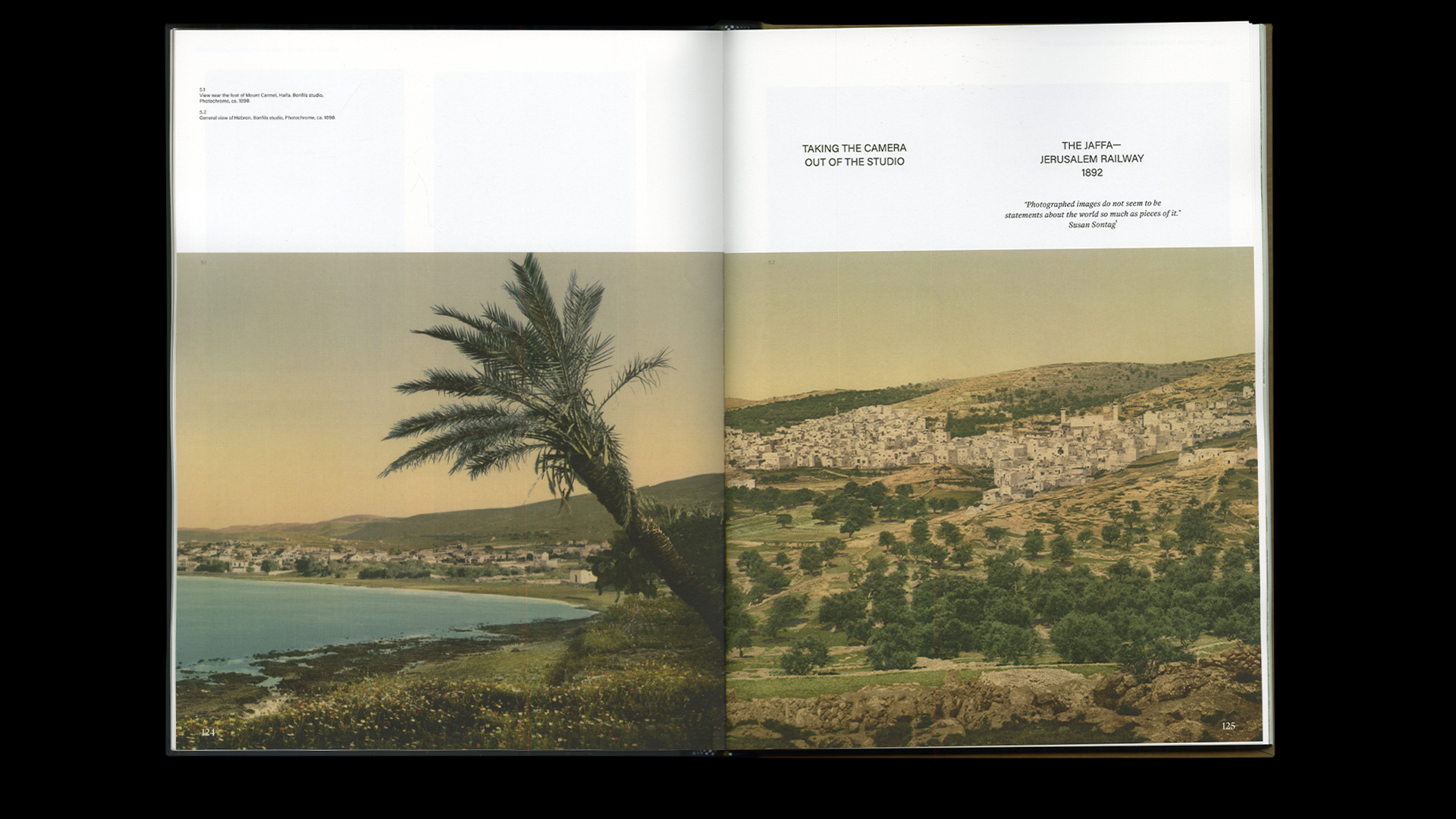
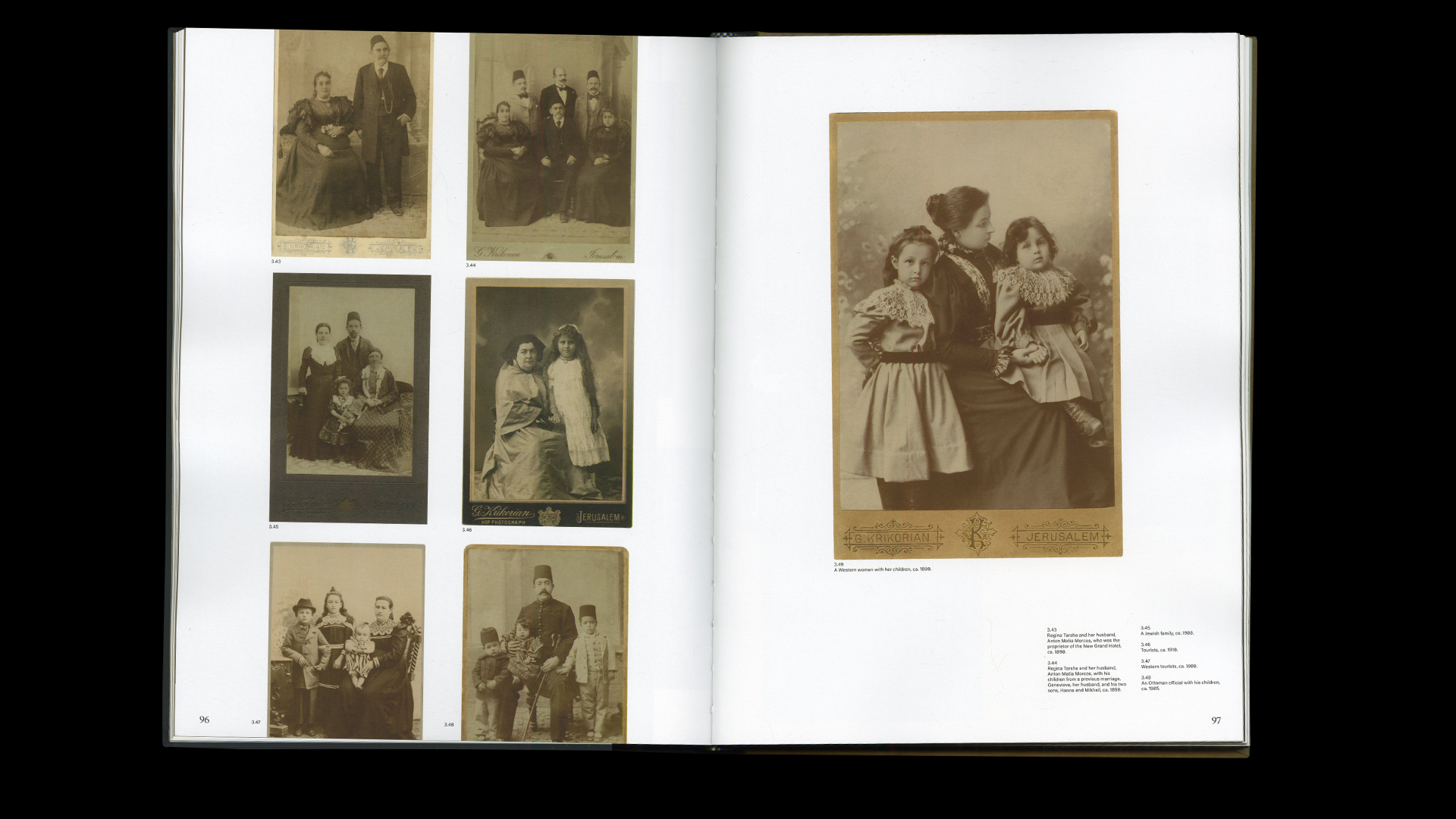
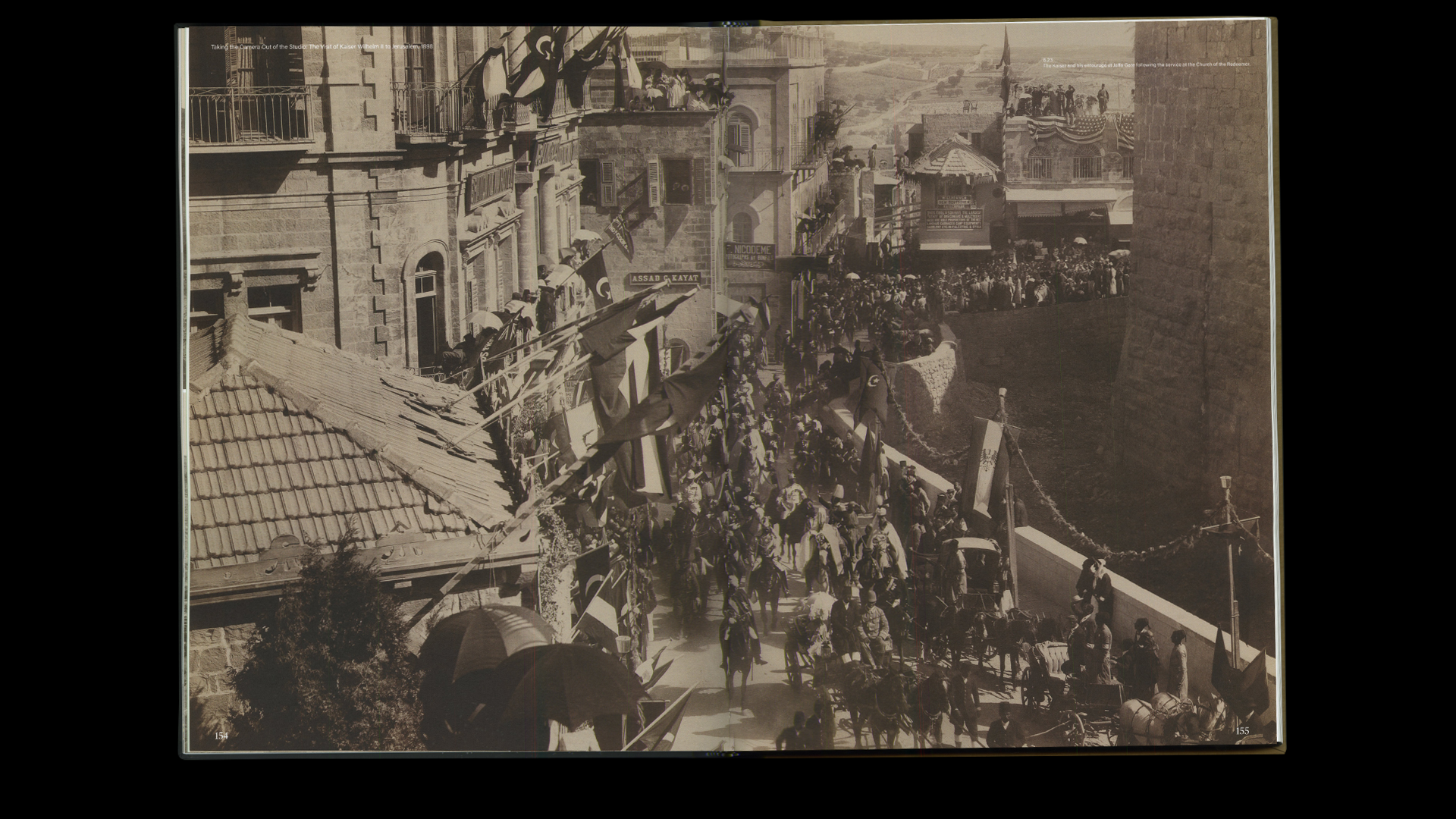
TABLE OF CONTENTS
PREFACE
INTRODUCTION
THE EARLY HISTORY OF ARMENIAN PHOTOGRAPHY IN JERUSALEM
Yessayi Garabedian
The Transfer of Photographic Skills
The Abdullah Frères
The Legacy of Patriarch Yessayi Garabedian
GARABED AND CARIMEH KRIKORIAN, 1847-1920
Garabed Krikorian
Carimeh Tanus Krikorian
Garabed and Carimeh Krikorian’s Courtship
The Krikorians in Lebanon
The Krikorians in Palestine
The Years of Tragic Losses
THE KRIKORIAN STUDIO ON JAFFA ROAD, 1885-1913
PHOTOGRAPHY AND THE RISE OF MASS TOURISM IN PALESTINE
Photography and the Tourism Trade
The Krikorian Studio and Mass Tourism
Cultural Cross-Dressing
TAKING THE CAMERA OUT OF THE STUDIO: THE JAFFA-JERUSALEM RAILWAY, 1892
The Emergence and Relevance of Documentary Photography in the Ottoman Empire
The Palestine Exploration Fund’s Contribution to Documentary Photography
The Jaffa-Jerusalem Railway
TAKING THE CAMERA OUT OF THE STUDIO: THE VISIT OF KAISER WILHELM II VISIT TO JERUSALEM, 1898
Preparations for the Grand State Visit
The Arrival of the Kaiser into Jerusalem
The Kaiser in Baalbek
Garabed Krikorian and the Kaiser’s Visit
THE TRANSFER OF PHOTOGRAPHIC SKILLS AT THE KRIKORIAN STUDIO
David (Daoud) Saboungi
Shukry Mitry
Abraham Guiragossian
Khalil Raad
JOHANNES AND NAJLA KRIKORIAN, 1886-1948
Johannes Krikorian
The Krikorian Brothers
Najla Nijim Raad Krikorian
Johannes and Najla Krikorian
Life during World War I
Life during Mandatory Palestine
LETTERS HOME: THE LETTERS OF ELSIE MARGARET KRIKORIAN MORHIG, 1909-1918
JOHANNES AND NAJLA KRIKORIAN: ARTISTIC PHOTOGRAPHIC PORTRAITURE, 1913-1948
Johannes Krikorian as Artist-Photographer
Photographs of Military Men in Uniform
Photographs of Cultural Cross-Dressing
Najla Raad Krikorian
The Tashdjian Family in Palestine
Portraits of Aida
THE END OF AN ERA: JERUSALEM, 1947-1951
The End of an Era
The Krikorians
Adapting to a New Reality
The Catastrophic Trauma of 1948
ACKNOWLEDGEMENTS
NOTES
ILLUSTRATION CREDITS
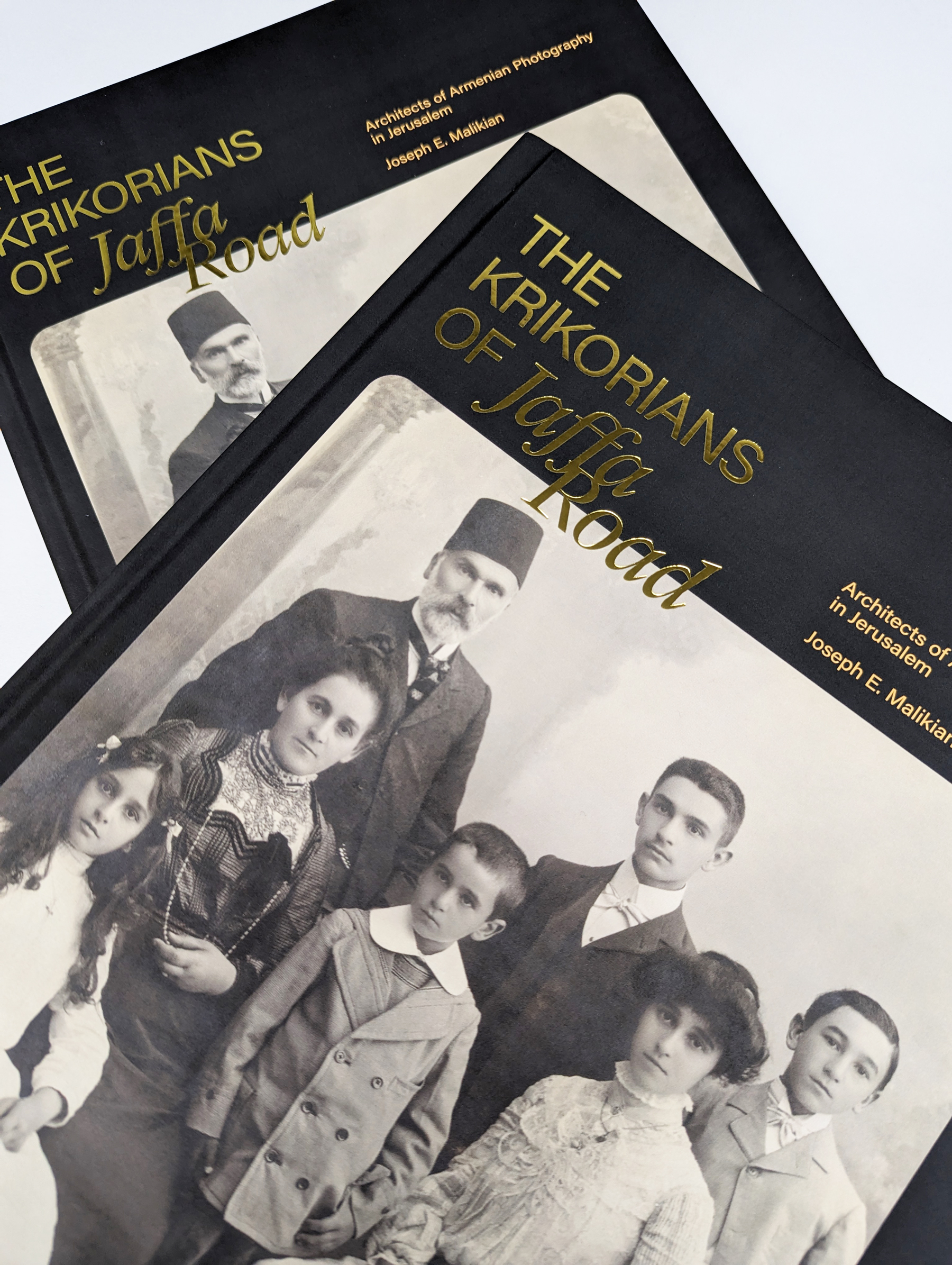

Copyright Joseph Malikian


